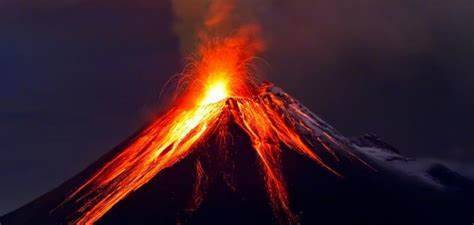New research, published yesterday, suggests that some victims who lost their lives in Pompeii following the devastating eruption of Mount Vesuvius in 79 AD may have died due to an earthquake occurring simultaneously. Researchers have been studying whether seismic activity happened during the eruption of Vesuvius nearly two thousand years ago, rather than shortly before it, as mentioned by the Roman judge Pliny the Younger in his letters.
The study, published Thursday in the journal "Frontiers in Earth Science," which specializes in geochemistry and seismology, provides new data regarding the famous archaeological site. It posits that "one or more earthquakes concurrent with the eruption" were among the reasons for the collapse of buildings and the deaths of residents in Pompeii.
The authors of the study indicated that their findings "demonstrate that the effects of building collapses caused by simultaneous earthquakes (seismic activity at the time of the eruption) should be considered an additional cause of fatalities in ancient Pompeii." They noted that "no evidence has yet been reported" concerning the damage caused by the earthquake at the time of the eruption, despite a wealth of literature on damage caused by earthquakes prior to Vesuvius's eruption.
Archaeologists estimate that between 15% and 20% of Pompeii's population died during the eruption, primarily due to the thermal shock from the massive cloud of gas and ash that enveloped the city. Pompeii was subsequently buried under volcanic ash, leading to the complete preservation of the city’s homes, public buildings, and even its inhabitants until its discovery in the late 16th century.




